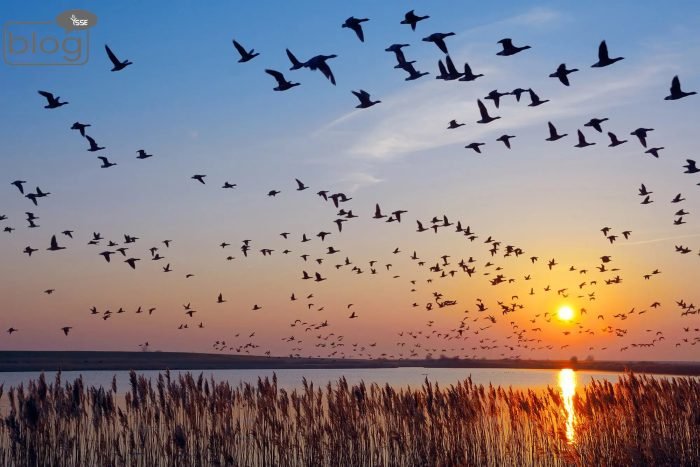The survival life of birds can vary depending on several factors, including their species, habitat, and environmental conditions. Generally speaking, birds have adapted to survive in a wide range of environments, from deserts to forests to urban areas.
Birds can face many challenges to their survival, including predators, disease, habitat loss, climate change, and human activity. However, they have evolved a variety of strategies to cope with these challenges, such as nesting in inaccessible places, flocking together for protection, and migrating to more favorable locations.
In terms of lifespan, different bird species have varying life expectancies. Some birds, such as the common tern, can live for up to 30 years, while others, like the mayfly, only live for a few hours. On average, most bird species have a lifespan of around 5 to 10 years, although this can vary depending on factors such as predation, disease, and environmental conditions.
Illegal killing of birds:
In the Mediterranean alone, more than 25 million migratory birds are illegally killed every year. Some end up on plates, but in most cases, birds are hunted just for the sport of it, both inside and outside the allowed hunting season. Illegal methods, such as using electronic calling devices to lure birds into traps, are often combined with banned ways of catching birds, such as with mist nets and lime sticks, resulting in slow, gruesome deaths.
Farming against nature:
The intensification of agriculture is the number one driver of bird population declines worldwide. The industrial way of most farming not only eradicates nature by turning habitats into fields, but the heavy use of pesticides is wiping out insect populations, causing birds to starve, and poisoning water sources. All this can cause a decrease in the production, fertility, or hatchability of eggs, among other health risks for bird populations. The impact of pesticides on migrating birds is probably greatest for storks, cranes, harriers, and falcons, as they frequently feed during stopovers.
Climate change:
Timing migration just right is crucial for a safe and successful journey. With warmer temperatures earlier in the year and more frequent droughts leading to water scarcity, birds migrate earlier, and arrive before food is available. This in turn impacts the breeding success of species, such as insect-eating songbirds. On top of that, changing vegetation and extreme weather conditions can significantly affect the habitat of birds.
Overall, the survival life of birds is a complex and dynamic topic, influenced by a variety of biological, environmental, and ecological factors.The survival life of birds can vary depending on several factors, including their species, habitat, and environmental conditions. Generally speaking, birds have adapted to survive in a wide range of environments, from deserts to forests to urban areas.
To read more blogs like this, click here.
Writer,
Nowraj Jahan Naziya,
Intern, Content Writing Department,
YSSE.

